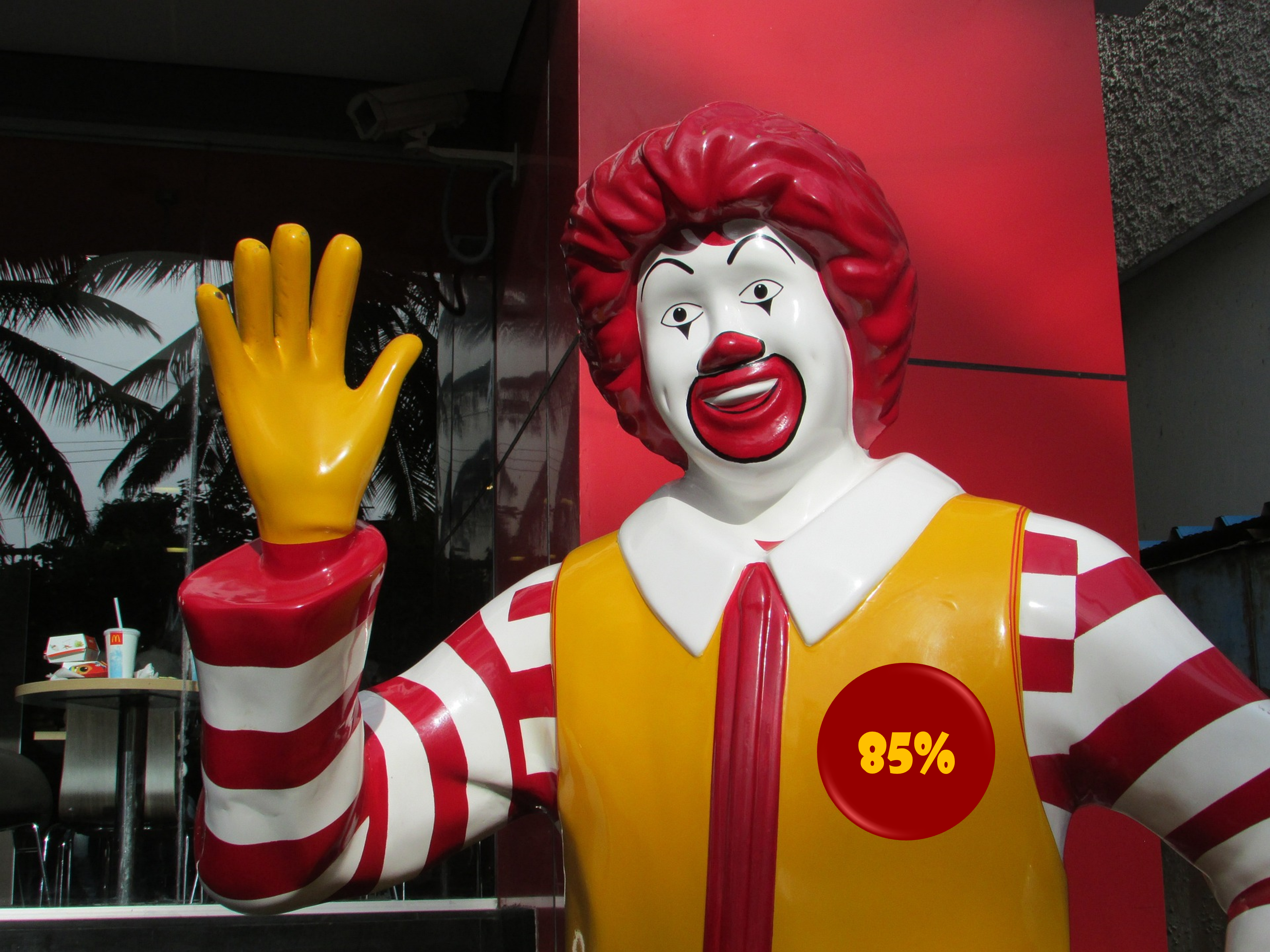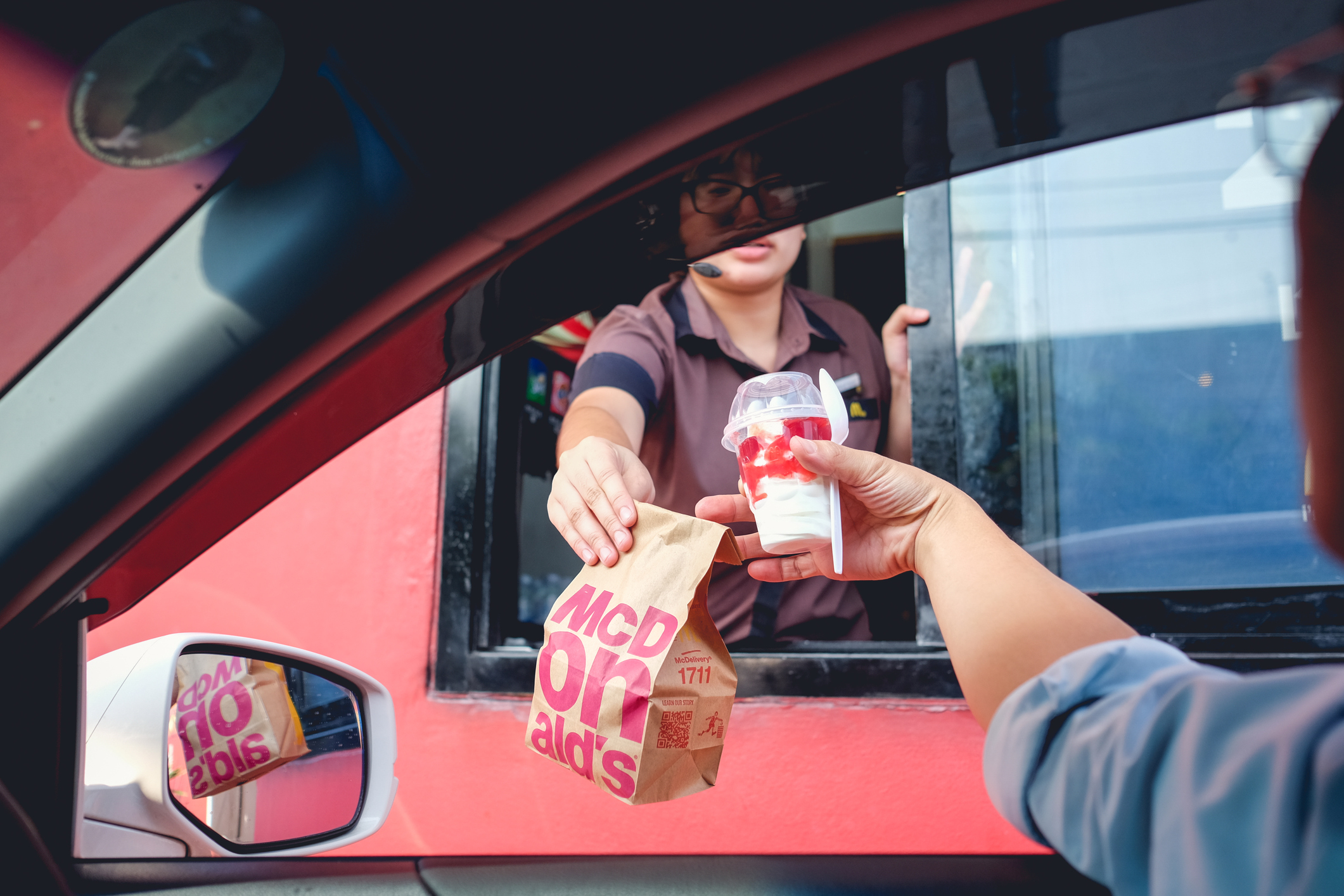
Our “Best of” series for 2023 starts out with one of the most popular of this year – and for good reason. It resonated for many of you.
From January, it was one of the early posts of the year, but echoed a theme that came up again and again over these past many months. Despite the gloom, doom, and cynicism you can cut with a knife, many consumers continue to tune in.
While advertisers may question broadcast radio’s continued relevance and its ability to get results, this post questions that logic or illogic. Of course, we old timers can lament how the industry has changed over the last decade or two. But for many listeners – especially those of a certain age – listening to the radio is still very much a media habit.
And this “rerun” also contains one of my favorite stories from a trip to Italy in 2019, just a few months before our world was rocked by the pandemic. It restored my faith in radio. Maybe it will have that effect on yours, too. – FJ
January 2023
Welcome to the new week, radio people.
Over the weekend, I ran into a story in AdWeek that didn’t just resonate with me – it was like being wacked across the forehead with a Louisville Slugger. The subject is a new McDonald’s ad campaign that leans into the notion that while most Americans actually eat at one of their thousands of restaurants each year, it has become uncool to admit they do.
Despite the negative surrounding the fast food industry, what would you think is McDonald’s annual “cume” – the percentage of folks in the 50 states who buy some of their fast food at the Golden Arches at least once each year?
85%
That incredibly high level of penetration is the product of decades of creating consistently affordable and tasty food, regularly shaking up the menu, conjuring up special food items, and of course spending billions of dollars on research and mass marketing. Yet over time, especially as many people share the need to eat healthier, it has become de rigueur to claim you won’t go near Mickey D’s. After all, it’s fast food. 
And you can’t help but wonder if company meetings and advertiser pitches don’t end up sounding a lot like the way many radio CEOs stump speeches at the NAB sounded during the past many years:
“We’re an American icon. And let’s not forget – 85% of Americans still visit our restaurants each year!”
Meantime, those words are likely being met by eyerolls and yawns from both employees and clients, some of whom staunchly believe either those numbers are exaggerated or that even if they’re accurate, it is simply uncool to admit you eat at McDonald’s.
In Eastern Europe, McDonald’s ad agency is doing something about it. AdWeeek’s Stephen Lepitak reports that TBWA/Latvia has created a campaign that meets the “too cool” roadblock head-on.
The spots are focused on archetypes highly unlikely to be seen even in a McDonald’s drive-thru: a snobby intellectual, a chic fashionista, and a Goth hipster. The spots show how each struggles with resisting McDonald’s tasty offerings. And perhaps the campaign begins the process of reversing a perception that’s been rock solid.
Will this campaign make its way to North America? Clearly, that will depend on how effective it is overseas.
And what can radio broadcasters learn from its marketing strategy and messaging? It’s the kind of campaign that just might help radio here in the States improve its perception, clearly a step in the right direction.
That’s because radio broadcasters – especially commercial operators – are facing a similar problem. Many more people listen than care to admit it. “Cool” has always been an elusive quality to define, whether we’re talking about Bogart, Marilyn Monroe, David Bowie, or Pete Davidson.
I remember back in the 1980s a short-lived radio station in my hometown of Detroit, WDTX, attempted to market itself with this slogan:
“It’s cool and you know it.”
In many ways, the station was cool, but when you have to claim it, you’re not, as they no doubt discovered during their Roman candle run.
These days, radio isn’t deemed to be “cool” by most young consumers, and might be characterized as “uncool” by growing numbers of Americans of many ages.
You may have heard this story before, but it’s very telling, and a reminder that while the quality of what’s on the airwaves matters very much, radio’s perceptions in the ears of the beholder is up for grabs.
 In the summer of 2019, my wife and I toured Italy. One day we’re on a tour bus headed to a winery. We get to talking with a mom and her daughter from Seattle. The daughter is graduating from college – and I never do this – but I ask her if she listens to any local radio in the market. Our company had worked with Entercom since they bought their Seattle properties, and we were closely involved with KISW and KNDD (The End).
In the summer of 2019, my wife and I toured Italy. One day we’re on a tour bus headed to a winery. We get to talking with a mom and her daughter from Seattle. The daughter is graduating from college – and I never do this – but I ask her if she listens to any local radio in the market. Our company had worked with Entercom since they bought their Seattle properties, and we were closely involved with KISW and KNDD (The End).
So, I ask the question about radio, the daughter makes “the face,” and responds, “Not really, I mostly listen to Spotify.” Then after a pause, she admits, “Well, actually I listen every once in a while, mostly while I’m in the car. Sometimes, I listen to the alternative station in town.”
I respond, “The End?”
Now she’s leaning forward. I mention my company does work for the station, and the girl lights up. The conversation has suddenly taken a turn.
“I am a HUGE fan of their morning show, Gregr,” she tells me. “I love his stories about his dog, his mattress commercials, everything.”

I respond that I know Greg, and I might be able to arrange for her to meet him. Now, she’s over the moon.
You know the rest of the story. Of course, Gregr (pictured) is cool with this. He is perhaps the most listener-friendly personality I know, always willing to go that extra mile for fans. That’s who he is. That’s what he does. He is truly a great ambassador for KNDD – and for radio.
He’s not alone. Like the aroma of those Big Macs or the taste of those “golden fries,” they’re in our heads.
For many people, so is listening to the radio, in spite of its travails over the years. Despite the hard knocks and the self-inflicted wounds, radio is there when there’s an emergency, its talented personalities entertain every day, and radio continues to act as a friend and companion when people are feeling low, stressed, and hurting.
Will a simple ad campaign “fix” what’s ailing McDonald’s? Not likely. No more than it would provide the antidote radio needs to reestablish its cred as a mainstream entertainment medium.
But it is an acknowledgment the fast food giant is in need of a makeover, even as its food and healthier fare have improved.
No one eats at McDonald’s anymore.
And no one listens to the radio either.
Except that many do – and in droves.
Radio operators would be wise and prescient to pay attention.
Meantime, that Quarter Pounder and fries is sounding pretty good right about now.
- Media And Technology In 2025: Believe It Or Not! - April 18, 2025
- In Radio, You Just Never Know - April 17, 2025
- The Secret To Making A Great Podcast (And Great Radio) - April 16, 2025





Reminds me of my favorite quote from Yogi Beara.
“Nobody goes to that restaurant any more. It’s always too crowded!”
GREAT radio is healthy…and is even growing.
A university in Columbia, SC sold their three radio stations 9 years ago (literally 9 years ago tomorrow) because a “consultant” told them that in TEN years, FM would be almost worthless.
K-Love (EMF) bought them, and those frequencies are not worthless to them.
What should be dying off are bad, doomsday “consultants!”
Thanks for a timely read, Fred.
Hey Ken. How goes it? After moving from on-air radio to ad production to now, the broadcast radio technology side for the last 30+ years, I can clearly say that our worst enemies are the wanna-be’s.
About 15 years years ago the NAB introduced the campaign called“always on, always there when you need us “. I thought it was pretty effective.
I’ll admit it! As a retired, mystery shopper (and retail inspector) of 10 years, I resisted Mickey-D’s until I was paid to write about my experiences and get free food on top. After tasting that good old Big Mac™, I signed up for more MS jobs. Filet-o-Fish was an old favorite too.
Consistent quality is hard to resist.